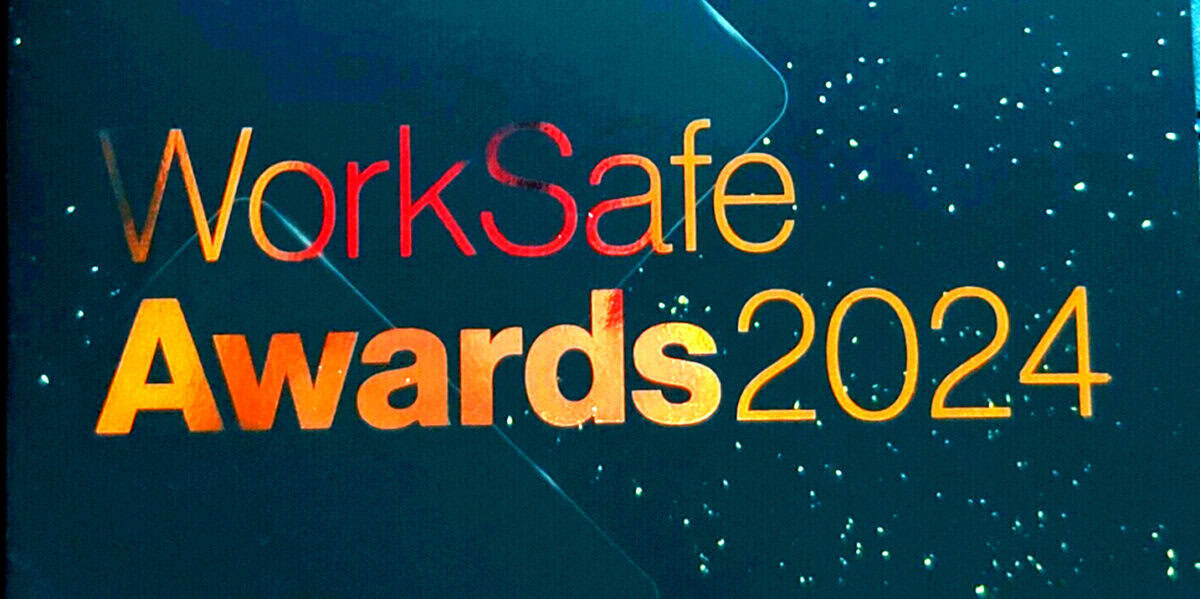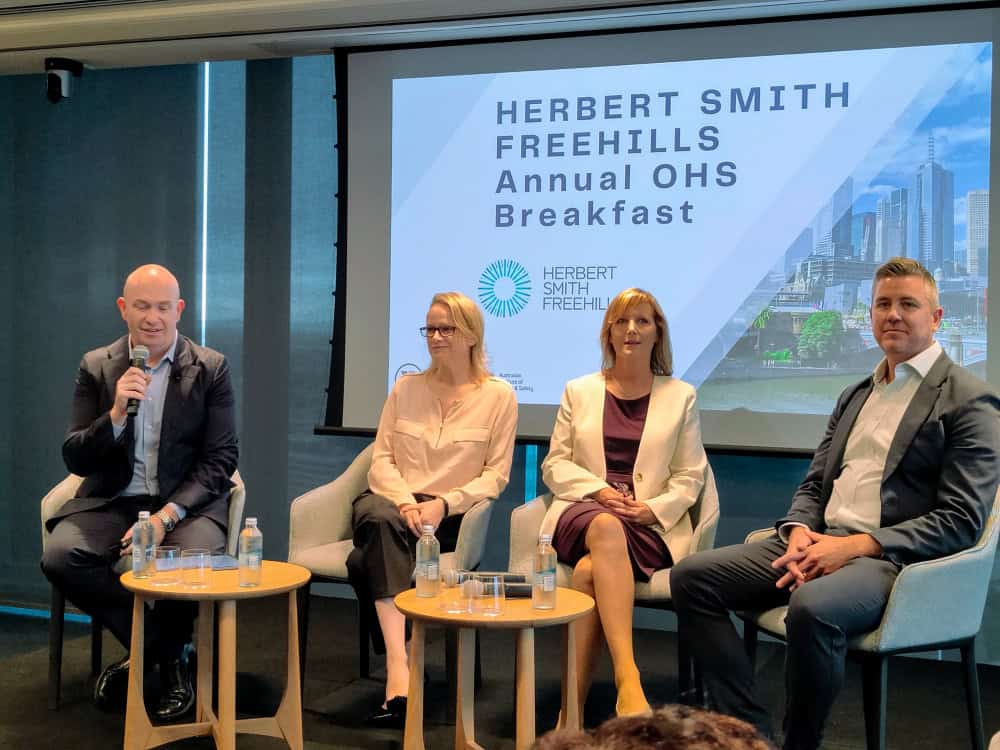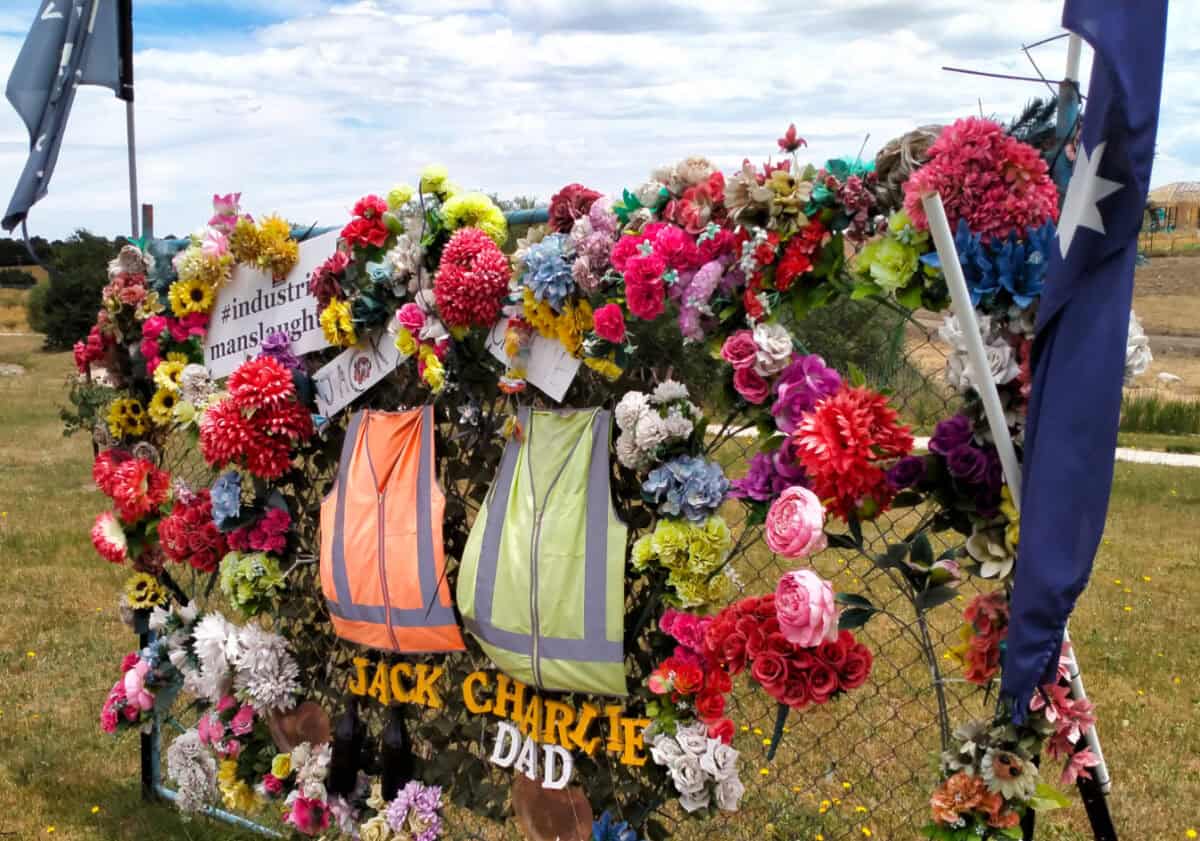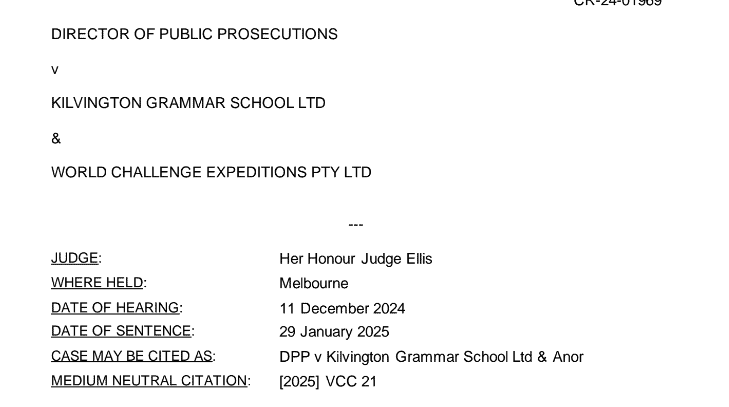At the end of February 2025, WorkSafe Victoria held its annual awards night. The event met all of its requirements on the night—recognizing excellence and rewarding it—but it should also be a launching pad for innovation in occupational health and safety (OHS) and a media event in the broadest sense.
Category: WorkSafe
Politics on display at safety awards night
WorkSafe Vcitoria’s annual awards night for 2024 was held last week. It was an unexceptional night, with around 400 in the audience, most of whom were award finalists and their colleagues. Although unexceptional, it was not dull, as the finalists’ stories were often compelling. However, the event needs a boost. Perhaps not to the flamboyance of earlier this century with over 1000 attendees and dancing into the night, as that would not be a good political look, but it needs something.
What was not notable was the politics of the evening.
WorkSafe Victoria’s new 5-year plan
At WorkSafe Victoria’s Awards night, Minister Ben Carroll said he was pleased to be involved with WorkSafe’s new 5-Year Plan to be launched on February 28,2025. WorkSafe executive Sam Jenkin summarized the plan’s principal aims in his speech. He said:
OHS breakfast seminar without WorkSafe Victoria
The latest annual occupational health and safety (OHS) breakfast seminar by the Australian Institute of Health and Safety tried a different format with mixed success. These seminars have run almost continuously at the offices of Herbert Smith Freehills for a couple of decades, and perhaps a refresh was required, but there was one noticeable absence – Victoria’s OHS regulator, WorkSafe.
Another Executive leaves WorkSafe Victoria and new psychological regulations announced
For personal reasons, Joe Calafiore, Chief Executive Officer of WorkSafe Victoria, announced his departure today after less than eighteen months. Narelle Beer departed in mid-2024.
Calafiore said in a staff email that:
“This job is 100% or nothing, and at this stage I am unable to commit the full focus that the role requires.”
WorkSafe Victoria Chair Bob Cameron told staff:
Still insufficient answers to the Delacombe trench deaths
Last week, the Victorian Coroner, Leveasque Peterson, released her findings into the deaths of Charlie Howkins and Jack Brownlee from a trench collapse on a residential construction site in Delacombe in March 2018. The employer, Pipecon, pleaded guilty to occupational health and safety (OHS) law breaches and was successfully prosecuted by WorkSafe Victoria. But the guilty plea meant there was only a cursory investigation of the OHS elements of the incident.
This month’s coronial findings have come without the opportunities offered by a formal inquest. So, where are the answers? What management decisions caused the trench to collapse and lead to the deaths of Jack and Charlie? The available answers seem insufficient. What lessons can be drawn from these legal processes to stop similar incidents occurring elsewhere?
Is this another case of minimal deterrence?
In January 2025, Kilvington Grammar was fined over $100,000 for breaches of occupational health and safety (OHS) laws related to the death of one of its students, 16-year-old diabetic Lachlan Cook, who was on an overseas school trip. The best source of publicly available reports on this case appears to be the Australian Broadcasting Corporation. This article does not discuss the incident but focuses on the sentencing decisions and their relevance to OHS.






